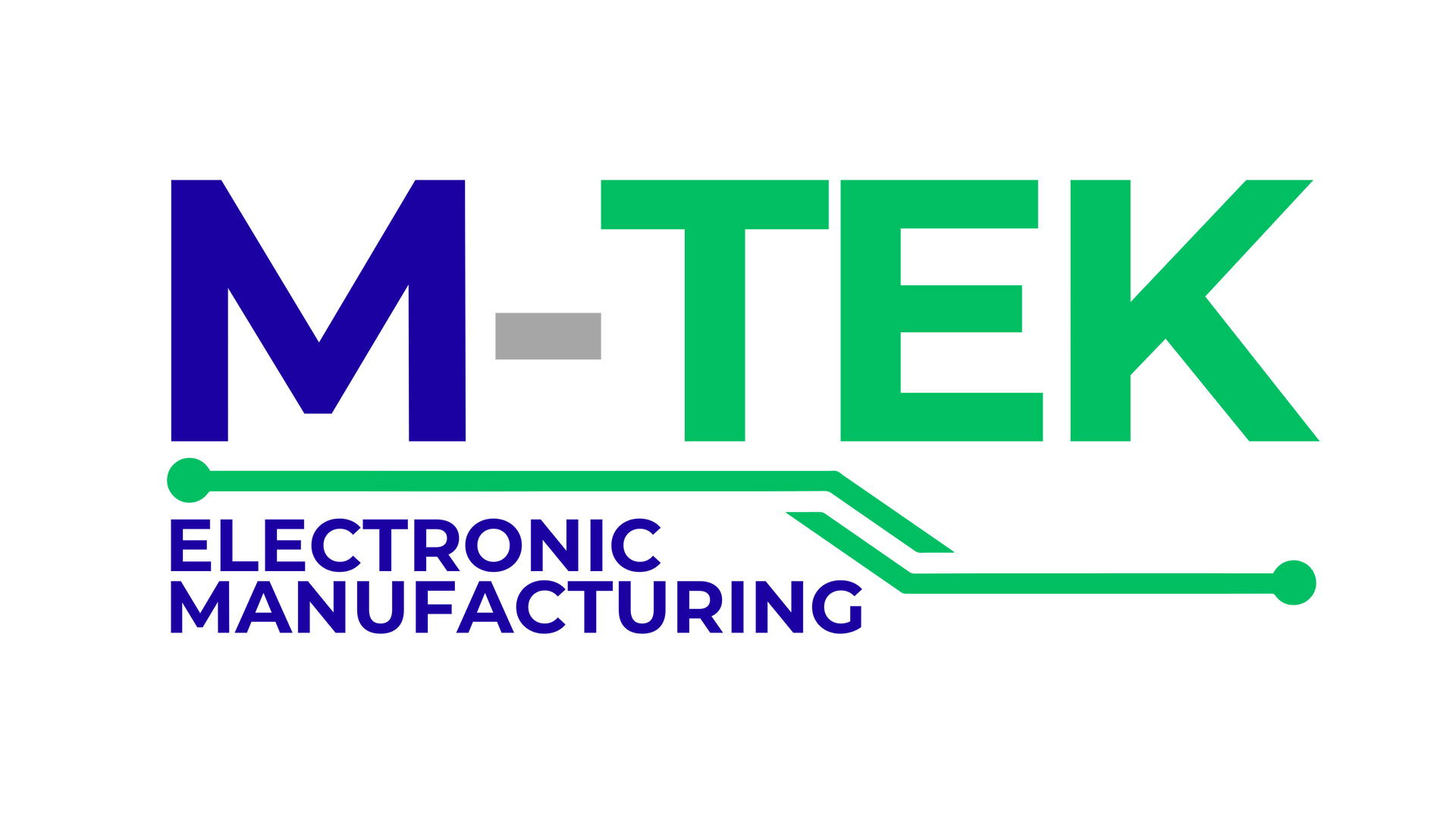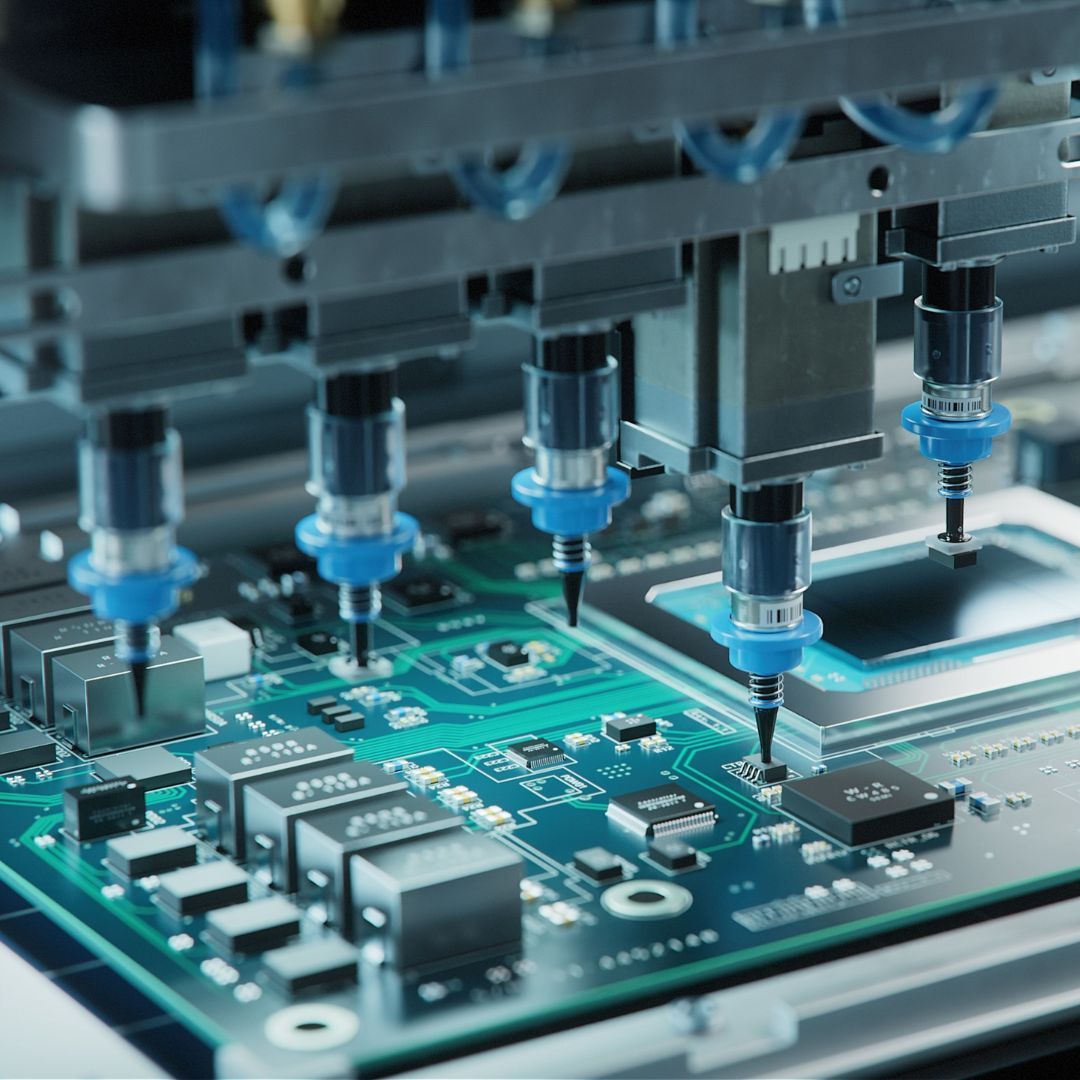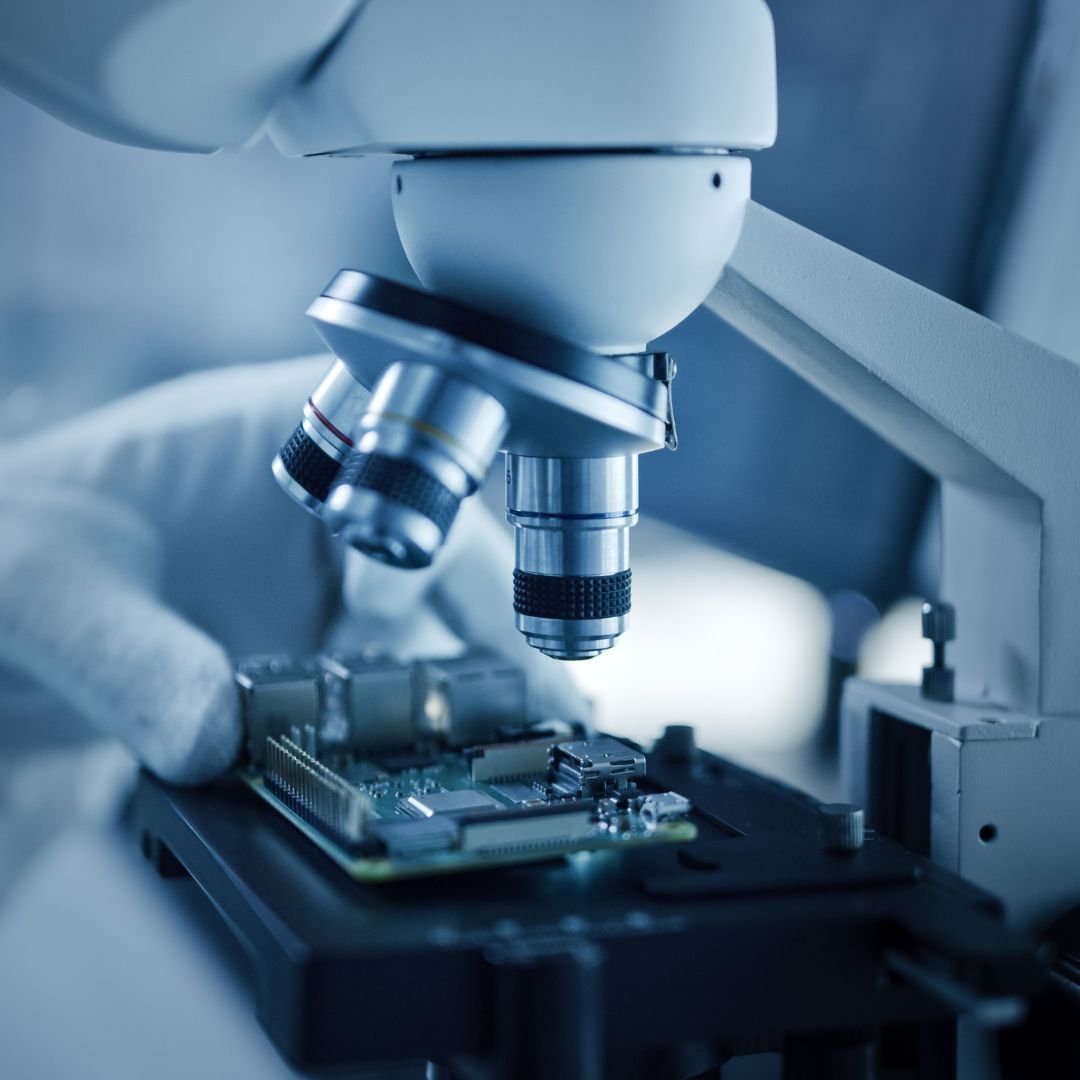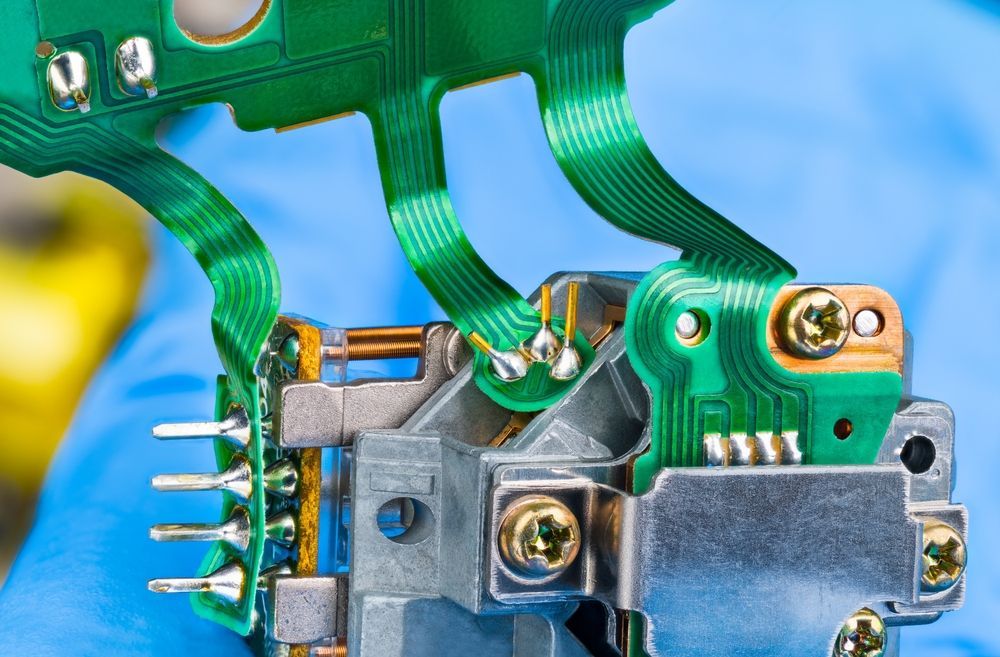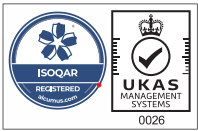Electromechanical assembly is the process of combining electrical and mechanical components to create a functioning system. This type of assembly is often used in industries such as automotive, aerospace, and robotics, where complex systems need to be created that involve both electrical and mechanical parts.
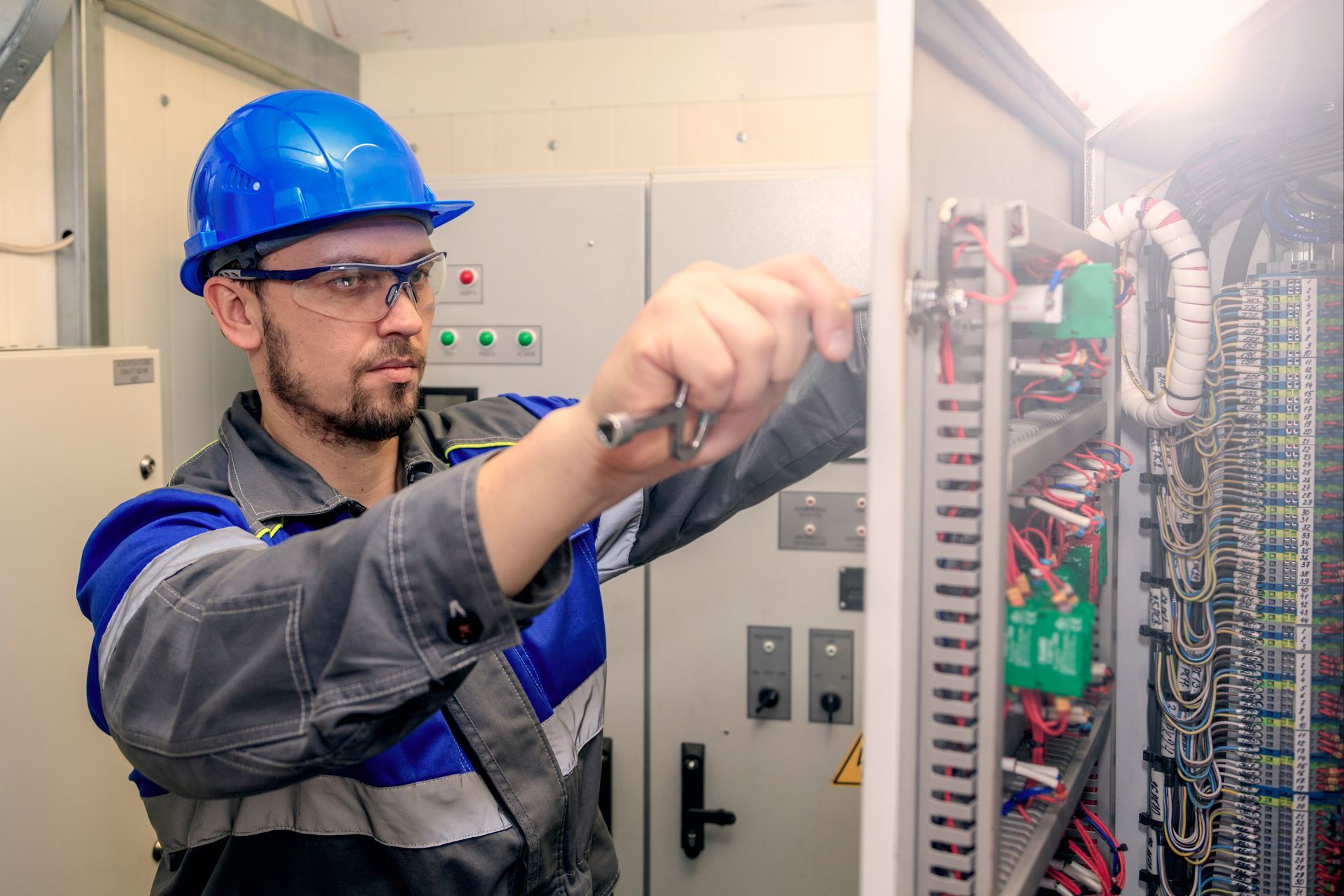
Electromechanical Assembly Process
The process of electromechanical assembly typically involves several steps. First, the mechanical components of the system are designed and manufactured. These components could include anything from gears and bearings to actuators and structural supports. The electrical components are also designed and manufactured separately and could include things like wiring, sensors, and control modules.
When the various components have been completed, they are integrated into a full system. This is normally accomplished by connecting the electrical components and combining them with the mechanical components. Depending on the complexity of the system and the resources available, the process may require both manual labour and automated operations.
Electromechanical assembly is an important aspect of many industries since it allows for the building of sophisticated systems that can fulfil a variety of purposes. Electromechanical assembly, for example, is utilised in the automotive industry to develop complicated systems that regulate things like the engine, gearbox, and braking systems. Similarly, in the aerospace industry, electromechanical assembly is utilised to develop complicated systems that manage things like rocket and satellite navigation and control systems.
What are the Advantages of Electromechanical Assembly?
One of the key advantages of electromechanical assembly is that it allows for a high degree of flexibility and customization. Because the individual components can be designed and manufactured separately, it is possible to create systems that are tailored to specific requirements. For example, a manufacturer could create a custom electromechanical system that is designed to operate in extreme temperatures or harsh environments.
What are the Disadvantages?
However, there are also some challenges associated with an electromechanical assembly. One of the main challenges is ensuring that the individual components are compatible with each other and that they will work together as a cohesive system. This requires careful planning and coordination between the mechanical and electrical design teams, as well as rigorous testing to ensure that the system operates as intended.
Conclusion
Overall, electromechanical assembly is a critical process in many industries, allowing for the creation of complex systems that combine both electrical and mechanical components. While the process can be complex and challenging, it offers a high degree of flexibility and customisation, making it a valuable tool for manufacturers and engineers.
We provide engineering support, testing setups and equipment, prototyping, software development, vacuum casting, and product support at M-Tek Assembly. Our electromechanical assembly can help you stay competitive in your business and increase overall efficiency by providing high-quality goods at a low cost. To begin your project,
get in touch with us!
To learn more about our services, call 01189 455377 or follow us on
Twitter.
